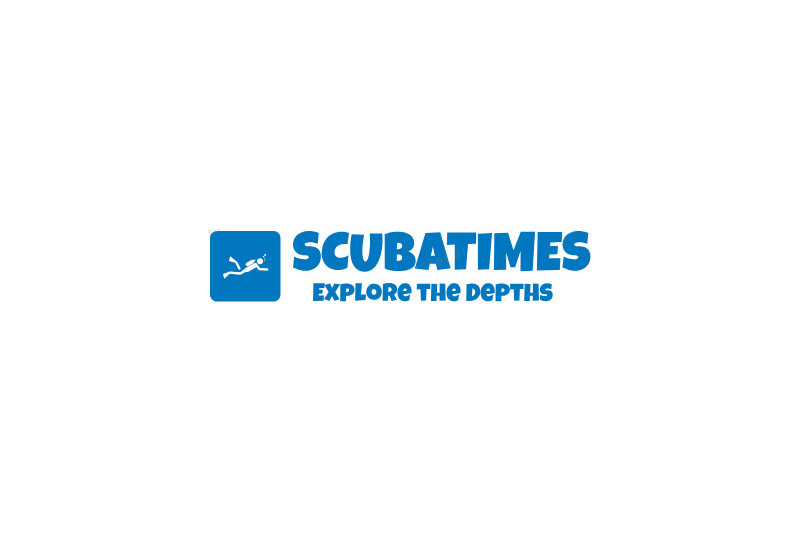Post-dive headaches are a common complaint among scuba divers, ranging from mild discomfort to potentially serious symptoms. While most cases are benign and easily treatable, understanding the cause and appropriate response is crucial for diver safety. The right treatment approach depends on correctly identifying the underlying trigger, whether it’s related to pressure changes, equipment issues, or physiological factors.
Key Takeaways
- Administer pure O2 if accessible – priority for intense pain or when coupled with other symptoms.
- Stay hydrated with regular water intake – clear urine indicates proper hydration level.
- Loosen all diving gear, including BCD straps, exposure suit, and dive hood to release pressure points.
- Practice square breathing patterns at the surface to regulate gas levels and ease discomfort.
- Call DAN emergency hotline or visit nearest hyperbaric facility if symptoms persist, especially with vertigo, emesis, or joint issues.
Common Causes of Post-Dive Headaches
Post-dive headaches can occur for several reasons during underwater adventures. Improper equalization during descent or ascent creates pressure imbalances in the sinuses and ears. When aquanauts experience shallow breathing or skip breaths, CO2 retention triggers throbbing head pain.
First-time bubble blowers often develop tension headaches from gripping regulators too tightly or wearing constricting dive gear. A leaky mask or compression from an undersized hood puts pressure on facial nerves. DCS-induced headaches, particularly following deep dives or rapid surfacing, may indicate a serious condition requiring hyperbaric treatment, especially when coupled with neurological issues. Divers with a history of migraine headaches should consult healthcare professionals about preventive measures before attempting any underwater activities.
Prevention Before your Dive
Effective preparation minimizes post-dive headaches. Focus on gear inspection, physical condition, and mental readiness. Getting a good night’s sleep is essential for optimal diving performance.
| Prevention Area | Required Actions | Benefits |
|---|---|---|
| Equipment | Adjust mask fit, test air delivery system | Minimizes facial squeeze, ensures steady air supply |
| Physical | Hydrate well, avoid stimulants | Supports blood flow, prevents vessel constriction |
| Health | Medical assessment, clear existing injuries | Spots risk factors, confirms dive readiness |
Practice breathing techniques and buoyancy control before submerging. Select appropriate exposure protection for water conditions, and perform safety checks before each descent. Regular fitness training enhances your body’s adaptation to depth changes and minimizes pressure-related discomfort.
Identifying your Headache Type
Knowing different headache types helps divers manage their underwater safety and health.
- CO2 headaches manifest as localized pain, stemming from incorrect breathing during submersion
- Sinus squeeze headaches strike during depth changes, causing discomfort in facial cavities and around the mask area
- Decompression sickness (DCS) headaches require emergency response, appearing with neurological issues and needing recompression chamber treatment
Proper identification guides aquanauts between common dive-related head pain that resolves with surface intervals and breathing adjustments, versus severe conditions needing medical care. Regular checks of your dive compressor maintenance can prevent carbon monoxide-induced headaches that may be mistaken for other types.
Immediate Treatment Steps
Bubble-bent aquanauts should begin with supplemental O2 administration when symptoms suggest DCS or CO2 buildup. Proper fluid replacement prevents further complications. Removing restrictive dive gear, including BCD straps and exposure suits, helps alleviate pressure points. Ensuring your wetsuit fits properly can prevent headaches from developing in future dives.
Controlled breathing exercises in open air can reduce residual gas issues. Standard pain medication may help with minor surface interval discomfort, though divers should avoid self-medicating if hit points indicate possible decompression illness. Contact DAN (Divers Alert Network) for assessment and potential recompression chamber treatment.
When to Seek Medical Help
Divers with post-descent headaches should monitor their condition carefully. Headaches combined with joint pain, skin mottling, or vertigo require medical evaluation, as these may signal decompression sickness (DCS). Doctors recommend starting normobaric oxygen treatment immediately while awaiting professional care. Neurological symptoms like limb weakness or blurred vision warrant immediate transport to a hyperbaric chamber or ER.
Signs requiring medical attention:
- Sharp headaches following ascent, coupled with nausea or confusion
- Pain that lingers beyond standard surface intervals
- Head discomfort with concurrent symptoms like paresthesia or bubbling sensations
Contact diving medicine experts at DAN (Divers Alert Network) for proper assessment. Quick intervention helps maintain fitness to dive status.


